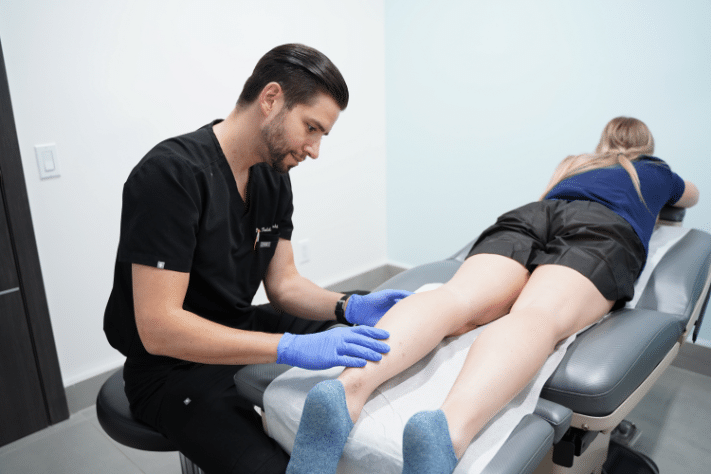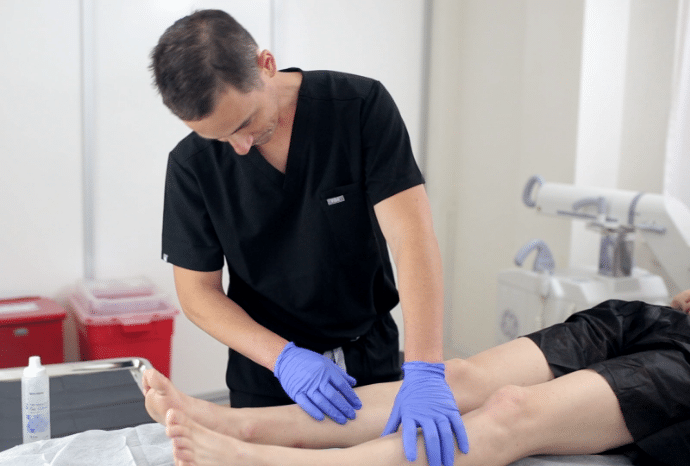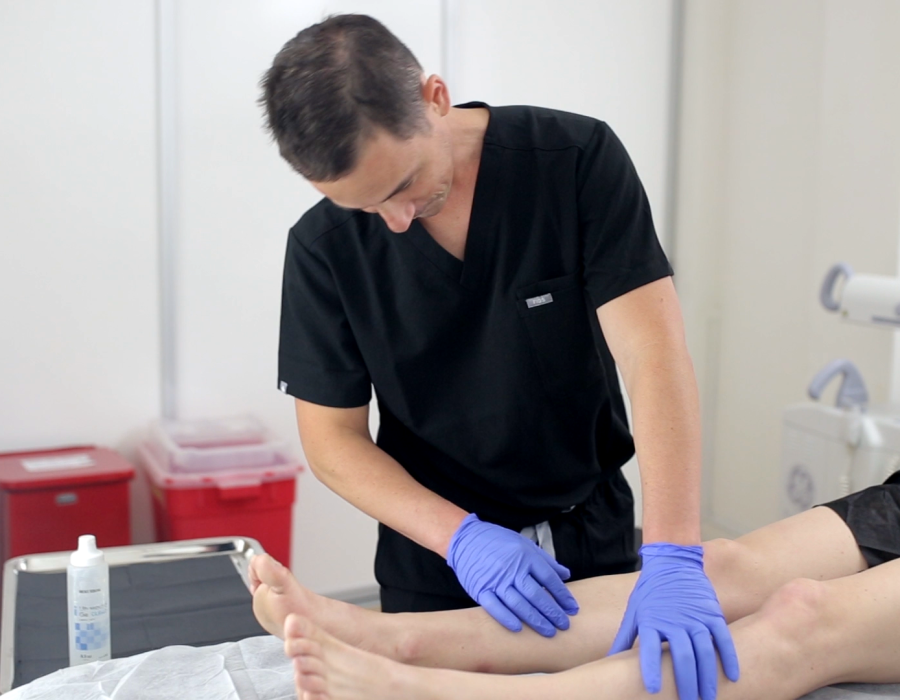Venous Insufficiency
Veins carry the blood vessels that pass the blood back to the heart. When this situation happens, it can cause venous diseases. The common venous insufficiency conditions are varicose, spider veins, and deep vein thrombosis (DVT). Symptoms of vein disorder may vary from treatment type. Some people have cramping in their legs, while others have swollen or bulging veins. These can happen to anyone, but people with an aging or family history are more likely to have vein disease.
Vein Centers Responsibilities
Sometimes, many people try to figure out what do vein centers do. Vein centers have certified medical licenses and are responsible for examining, diagnosing, and treating venous diseases. These centers employ medical professionals, including vascular surgeons, interventional radiologists, and vascular medicine specialists. These professionals are experts in treating vein medical health conditions. Their main aim is to render complete care to individuals suffering from venous insufficiency.

Diagnosis
The first and foremost step in identifying venous diseases is to find an accurate diagnosis with the help of advanced diagnostic tools such as ultrasound imaging and a thorough examination. These examinations help medical professionals to identify the nature and extent of the venous issue. A complete diagnosis plays a signficant role in tailoring a treatment according to patient needs.
Treatment Options
Veins centers have a plethora of treatment options depending on venous insufficiency. Endovenous laser treatment (EVLT) is a common cosmetic procedure to seal off problematic veins. Healthcare experts utilise laser beam energy that leads to redirecting blood flow to healthier vessels. However, sclerotherapy is another effective vein treatment wherein professionals inject the solution directly into affected veins, leading to gradual fading.
Minimally Invasive Procedures
Vein centers primarily focus on minimally invasive procedures in vein treatment, and this is one of the significant advantages as individuals don't have to follow the typical surgery procedure. Minimally invasive interventions involve small incisions or injections that reduce pain and prompt fast recovery. Affected individuals can soon return to their normal routine activities after completing the vein treatment procedure.

Patient Education and Lifestyle Changes
Apart from diagnosis and treatment, vein centers prompt awareness of vein health conditions. They tell the importance of implementing lifestyle changes such as physical workouts (like walking or cycling) and maintaining a weight significantly in managing venous diseases. Vein center professionals assist patients in implementing lifestyle modifications to improve their vascular health and prevent future complications.
Follow-Up Care
Treatment isn't the only thing vein clinics provide. They offer continuing care to keep an eye on development and handle any issues that could come up. Medical staff provide follow-up consultations, evaluate the treatment success rate, make required modifications, and guarantee the patient's long-term well-being.
Wrapping It Up
Venous diseases directly impact the quality of life and vein centers play a vital role in diagnosing, examining, and treating these critical conditions. With the help of advanced diagnostics, they tailored treatments according to patient's requirements and often used minimally invasive procedures. Seeking help from a reputable vein center is essential for a healthier, more comfortable life, as it can help individuals experiencing symptoms of venous diseases. When to see a Vascular Doctor? Contact a healthcare professional immediately if you notice pain, discomfort, or swelling in the legs.






Comments